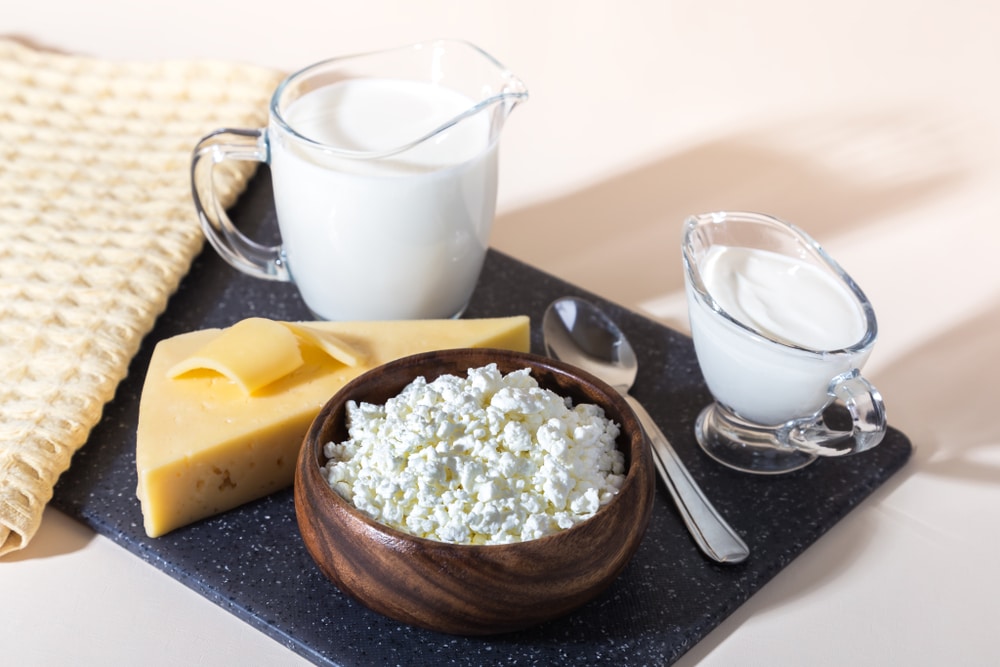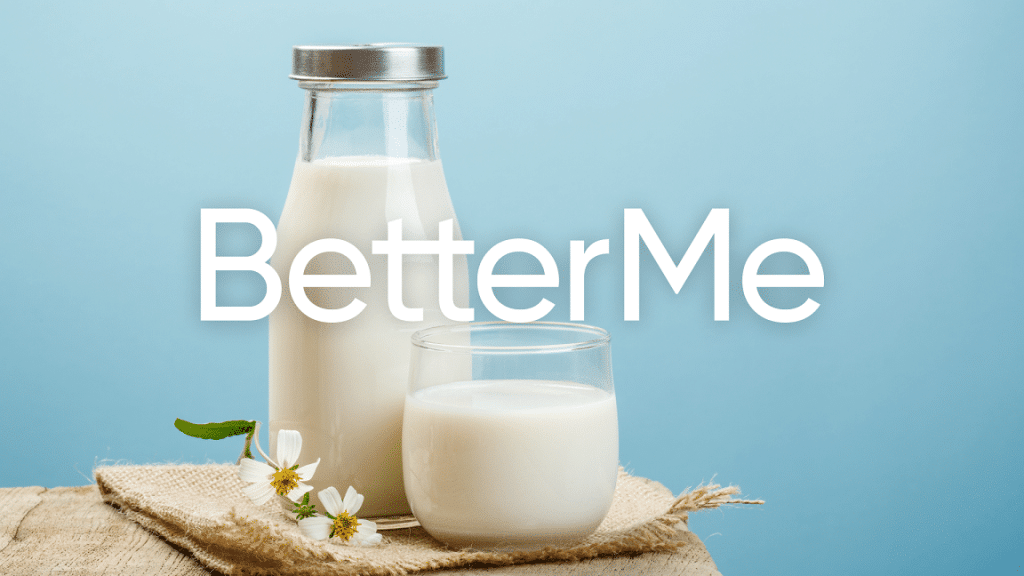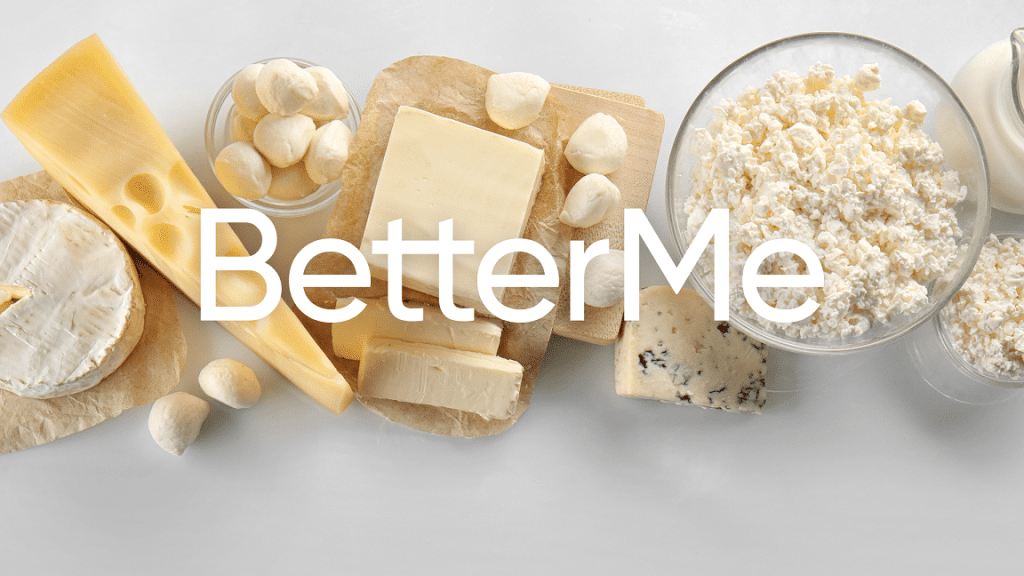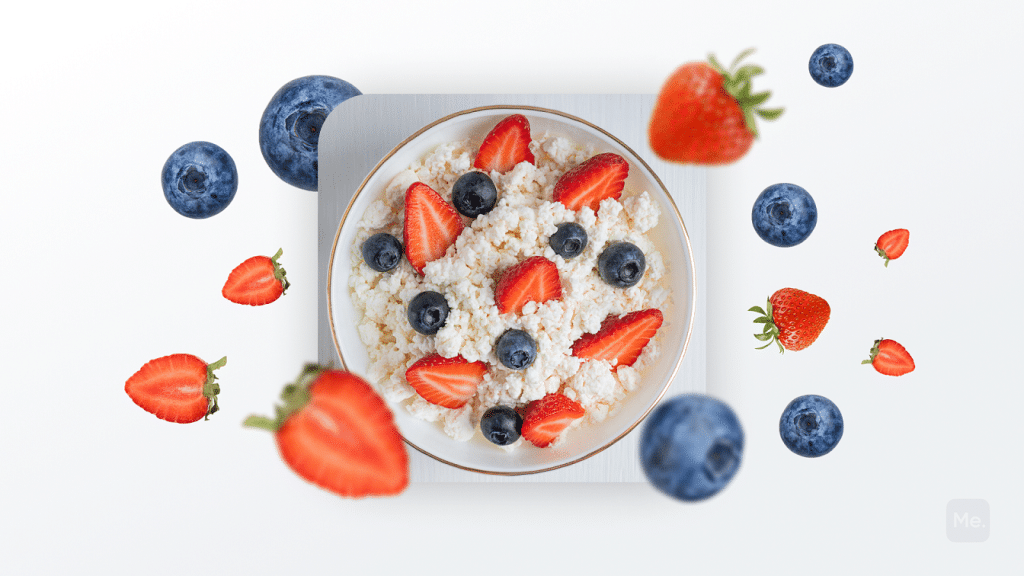It’s no understatement that food is very important in our lives. It is the substance that helps provide us with all the nutrients we need as well as providing us with energy to carry out normal day activities. Pure and simple, we need food to survive. In the past, people ate whatever they could purchase and that was not healthy. Currently though, more people are very specific with what they eat. Gone are the days where most everyone just ate to fill their stomach.
Get your personalized
meal plan!
A good example of how people are eating differently is that there are so many diets. There is the low-carb diet, low-fat diet, vegetarian diet, keto diet, mediterranean diet and so on. Now since so many people don’t just eat to get full, more foods are being consumed less and the foods that previously were being consumed rarely or not at all, are consumed more. With that said, in this article we want to look at foods with casein, benefits of casein and all there is to know about it.
What Is Casein?
Before we get deeper into this read, it is important to answer the question on everyone’s mind. What is casein? Casein is a protein found in milk. It is a derivative of milk. Most people don’t know this, but casein makes up about 80% of milk protein, whereas whey and other proteins make the remaining 20%.
Casein is a good protein source. Proteins are important in our bodies as they help with the growth of different tissues in our bodies. They also help in building muscles and repairing injured or worn out muscles. Proteins also help in maintaining a healthy weight, help with hormone regulation and so on. Casein, just like other proteins found in animals like beef, chicken and the rest, is also a complete protein. What this means is that casein contains all the essential amino acids in generous amounts. Essential amino acids help our bodies to function properly and hence the reason people need to eat foods that provide them.
Apart from casein being a good protein source, it also contains relatively few calories. This makes it a good diet addition for people who are on a weight loss journey, as they can enjoy the benefits of casein without being worried about their weight. When you ingest casein, the body turns it into a gel-like substance in the stomach that is slowly digested as it releases amino acids that are beneficial to your body.
Read More: 6 Food Elimination Diet: How To Do It Correctly And Identify Your Triggers
Properties And Structure Of Casein
Before we dive deep into the foods that contain casein, it is important to know the structure of this milk protein and its properties. Knowing this helps us understand more about this milk protein. Casein exists as a molecule that is suspended in a liquid. The structure of casein is called micelle. Still on the structure and properties of this milk protein, it is important to know that there are 4 subtypes of casein. The four subtypes are; aS1-Casein, aS2-Casein, b-Casein, K-Casein (3).
aS1-Casein, aS2-Casein and b-Casein are calcium sensitive. What this means is that these 3 proteins bind calcium and phosphorus together, carrying these two nutrients for digestion and absorption in the body (3). This does not mean K-Casein has no function in the casein micelle. K-Casein holds a structural function in the micelle. It helps keep the micelle together until the digestive enzymes remove it. When K-Casein gets metabolized, the casein turns into a mass that is more difficult to break down. That is what makes casein a slow-digesting protein (3).
That is the whole structure and properties of casein in detail.
List Of Foods With Casein
As we had said earlier, casein is a milk-protein. What this translates to is that most products that are made from milk are likely to have casein. With that said, here are the foods with casein to eat:
Milk
Milk is the primary source of casein. Casein makes up somewhere between 75% and 85 % of the protein found in milk. 1 cup of milk roughly contains somewhere between 6 to 8 grams of casein (4).
Curds And Cottage Cheese
When you want to make cottage cheese, you have to clot skim milk with renin or lactic acid. This makes cottage cheese more protein-dense as compared to milk. 1 cup of cottage cheese contains approximately 27 grams of protein and this means it has a high casein content compared to milk (4).
If you wish to cinch your waist, tone up your bat wings, blast away the muffin top – our fitness app was created to cater to all your needs! BetterMe won’t give excess weight a chance!
Yoghurt
Who doesn’t love yoghurt? It is known to come in very many different forms and flavors. Yoghurt, especially regular or Greek yogurt, is an excellent source of casein. Yoghurt is made from milk. 4 pounds of milk can approximately make 1 pound of yoghurt. What this means is that yoghurt is more concentrated in casein as compared to milk. A person is likely to get somewhere between 15 – 20 grams of protein per every 6 ounce serving of Greek yoghurt (4).
Other foods that have casein are; butter, ice cream, white or milk chocolate, ice milk, creamed soups, custard and so on.
There are other foods that contain casein, not because they have milk in them but because casein was used as a bonding agent as they processed. Examples of such foods include: margarine, dairy-free cheese, tuna fish, semi-sweet chocolate, hot dogs, sausages, lunch meats etc.
Those are some of the foods that contain casein. Yoghurt, cheese, sour cream and half and half are high protein sources of casein.
Casein And Weight Loss
Apart from casein being an excellent protein source, casein also helps when it comes to weight management. Casein is referred to as a slow release protein. The reason for this title is from the fact that casein gets digested gradually and slower than most proteins. It is digested slowly due to its structure. When digestive enzymes remove K-Casein, which is one of the subtypes of casein, the casein turns into a mass that is difficult to digest (3). Casein takes approximately 7 hours to release all the amino acids into the blood. Other proteins like whey and the likes only take 3 hours to get digested. This is good when it comes to weight loss.
The magic rule to losing weight is pretty much eating less than your body burns. Eating less creates a calorie deficit and this leads to the body using the food it has stored as fat hence weight loss. The slow digestion of casein helps with weight loss. It helps in that once you eat casein, you will stay full for longer. Staying full for longer means you will take in less food than you usually take in and this leads to a calorie deficit and hence weight loss (2).
There are several studies that have been able to prove that casein helps with weight loss. A study that was published in 2009 on casein and weight loss, the study showed that high-protein diets with casein were just as effective when it comes to long-term weight loss and weight maintenance as diets featuring other proteins like whey (2).
When you lose weight, there are chances that you are either losing fat mass, lean muscles or both. Losing fat is okay, the problem comes when you are losing lean muscles (2). Losing lean muscles deters your weight loss journey. This is because muscles are metabolically active tissues compared to fat tissues. What this means is that muscle burns calories even when you are resting and this promotes weight loss.
If you lose these lean muscles that help keep your metabolism high, a slowed metabolism will result in less weight loss or even no weight loss and that is where casein comes in. A study that was published in 2013 in the ‘Journal of Sports Science and Medicine’ showed that women who supplemented with casein for 8 weeks and were able to complete their everyday workouts experienced a change in their body composition (2). They were able to lose more fat than muscles. The reason for this is the fact that proteins help us build muscles and maintain existing muscles and casein just happens to be a very good source of protein.
Read More: The Protein Shake Diet: Everything You Need To Know
Casein Allergy
Just like other food, people can also be allergic to casein. Casein allergy occurs when your body’s immune system mistakes this milk protein for being harmful and ends up producing antibodies for protection against it. When these antibodies interact with casein, the body releases certain body chemicals that result in symptoms like (1):
- Swelling of the face
- Swelling of the mouth, lips and throat
- Developing rashes, hives, redskins or itchy skins
- Nasal congestion, running nose, sneezing, itchy eyes, coughing and even wheezing
Although the above mentioned symptoms are not deadly, being allergic to casein can also cause anaphylaxis which is fatal. People with an allergy to casein are usually advised to carry injectable epinephrine (1). The epinephrine helps deal with the allergic reaction if by chance or rather by accident you get to ingest food with casein. Antihistamine, which can be gotten over the counter in most pharmacies will also help alleviate the various symptoms mentioned above (1).
The Bottom Line
That is all you need to know on foods with casein, the properties of casein and how casein helps with weight loss. If you are allergic to casein, you should avoid it at all costs.
DISCLAIMER:
This article is intended for general informational purposes only and does not address individual circumstances. It is not a substitute for professional advice or help and should not be relied on to make decisions of any kind. Any action you take upon the information presented in this article is strictly at your own risk and responsibility!
SOURCES:
- Casein Allergy Overview (2020, webmd.com)
- Casein Protein for Weight Loss (2019, livestrong.com)
- What Is Casein? (2021, verywellhealth.com)
- Where Is Casein Protein Found Naturally? (2018, healthyeating.sfgate.com)











